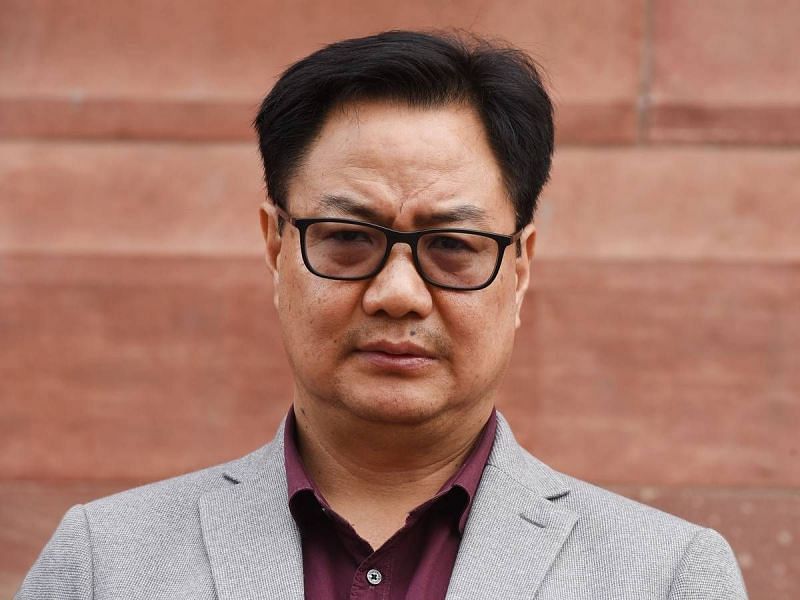
Coinciding with 'Guru Purnima', Sports Minister Kiren Rijiju plans to empower 'sports gurus'... Lekin ye dil maange more
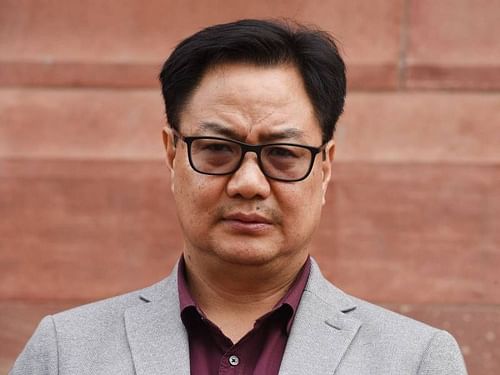
When Jurgen Klopp walked through the doors at Anfield to replace Brendan Rodgers in October 2015, the German said he would win a title in four years. He won Champions League at the end of the fourth year and the Premier League in his fifth season.
The entire process has been brilliantly explained by Jose Mourinho, presently the Tottenham Hotspur boss and one who shares a frosty relationship with Liverpool.
Lauding the patience and trust the club’s hierarchy showed in Klopp, Mourinho said:
"I think what they did is what you have to do, which is when you trust a manager you trust. It doesn’t matter how you do in your first season, doesn’t matter how you do in your second season, you keep working because you believe in him. So, you keep working together."
"So if the results in the first season are not good, you improve. If the results in the second season are not good, you keep improving. And you go to the third season, and the fourth. And of course when the manager is good, and when the structure behind is good, and when they manage to do a collective work like they did, the results arrive."
The case of the Indian hockey team
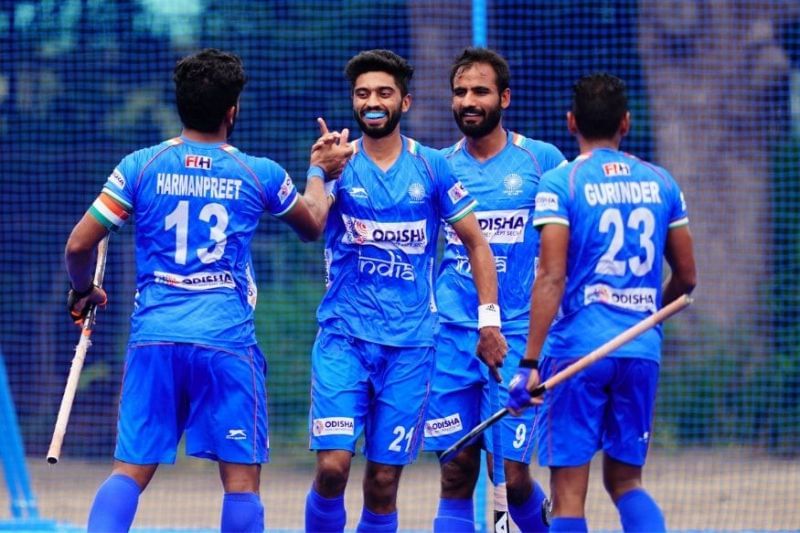
And now, compare this with the way the matter of the Head Coach has been handled in the Indian hockey team.
In April 2019, when Graham Reid was named the head coach, he was eighth new head coach in just under ten years. Reid became the third Australian to coach the side when he succeeded Harendra Singh, who was sacked in January when India fell in the quarter-finals of the World Cup in Bhubaneswar.
Of the eight coaches, Terry Walsh, another Australian, may be counted as the most successful coach. He guided the team to glory in the 2014 Asian Games in South Korea. He quit the role a fortnight latter. His resignation letter read:
‘I am finding considerable difficulty adjusting to the decision making style of the sporting bureaucracy in India, which I believe in the long term is not in the best interest of Indian hockey or its players.’
Taking Indian hockey back to where it once was has been one of the most consistent and passionate dreams of the India’s sporting establishment. And this hockey incident is not a standalone, but symptomatic of the coach-sport relationship across different fields in the recent years.
If we genuinely aspire to be a strong sporting nation, the Liverpool model of earmarking a coach after fully getting convinced of his abilities, and then providing him the best ecosystem so that he or she can deliver the required results is the way forward. The two most essential prerequisite in the ecosystem include continuity in terms of the tenure and industry competitive remuneration, so that the best of the talents from across the country and overseas could work with aspiring champions.
Amid the backdrop, two key decisions by Shri Kiran Rijiju, Union Minister of Sports and Youth Affairs, should be seen as transformative steps in terms of the ‘Guru-Shishya’ relationship. Shri Rijiju, who has been a national level sportsperson and is a fitness freak, has sort of paid tribute to the ‘Sports Gurus’ of the country on the eve of ‘Guru Purnima’. What are these two steps?
Firstly, the decision to do away with the Rs. 2 lakh cap on the salary given to Indian coaches training elite athletes, in a bid to encourage them to produce better results and convince former players to become high performance trainers.
Secondly, the decision to extend the contracts of all foreign coaches till September 30 next year, and to make all future hiring -both Indian and foreign- for a four-year cycle in sync with the Olympics to ensure continuity.
The increased remuneration and longer contract period will attract ex-elite athletes into the high performance sporting ecosystem, and their experience and skills may be better utilized to train athletes bound for major international competitions, including the Olympics.
Utilizing the COVID-19 crisis for the better
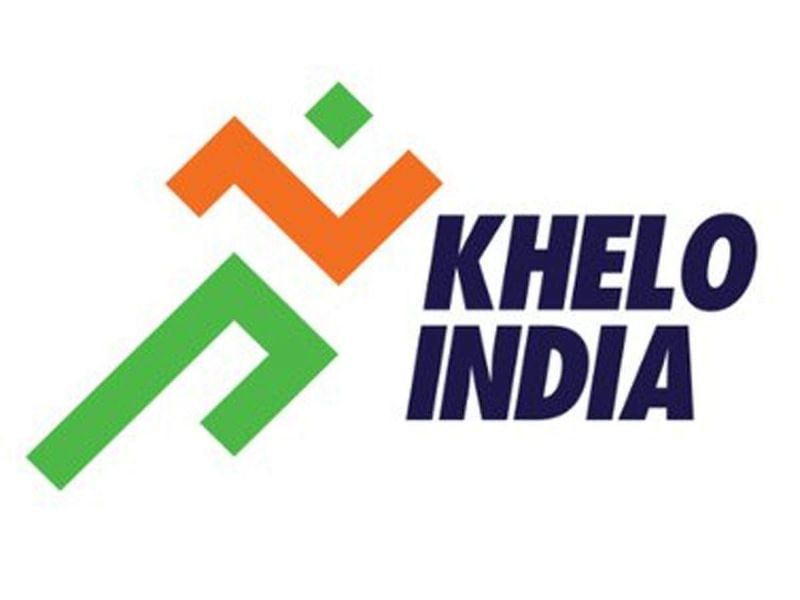
Should these steps be seen as converting the lockdown amid the COVID crisis to unlock the huge potential in the Indian sport?
Every crisis comes up with an opportunity. The present crisis in the times of COVID-19 and the consequent complete lockdown has been an unprecedented one. However, this has provided the Indian sporting ecosystem the opportunity to bring in the required changes, to be up and running when the storm subsides.
The two guiding reference points in the context of the changes could be the recommendations of the Olympics task force constituted in the aftermath of the Rio Olympics 2016 and the Niti Aayog action plan.
The relevant portions of the Olympics task force report on the coaches says:-
a) India’s sporting system “must be fundamentally reshaped and fine-tuned into one that is singularly athlete-centric, coach-led and systems-driven”. The report called for rebooting the entire sporting system “to ensure the primacy of athlete and their coaches as the focal point of every action".
b) Coaches should be classified as grassroots, intermediate and elite. In the event of an athlete winning a major title, all those involved in the athletes training should be recognized and rewarded. The salary of Indian coaches should be at par with educationists. A chief coach salary should be equivalent to that of the vice chancellor of a university. The task force asked for the removal of a salary cap for Indian coaches and said that they should be treated at par with the foreign coaches.
c) Coach Development Board must be created under the overall umbrella of the NCPLS, but it should be autonomous unit. The board will be responsible for defining and executing the National Coach Development Program and undertake all activities responsible for the development of existing and new coaches. The board would also provide for professional growth of physical literacy instructors and coaches who will ensure that Indian coaches remain at par with the rest of the world.
The Niti Aayog plan and the role of the Ministry of Sports
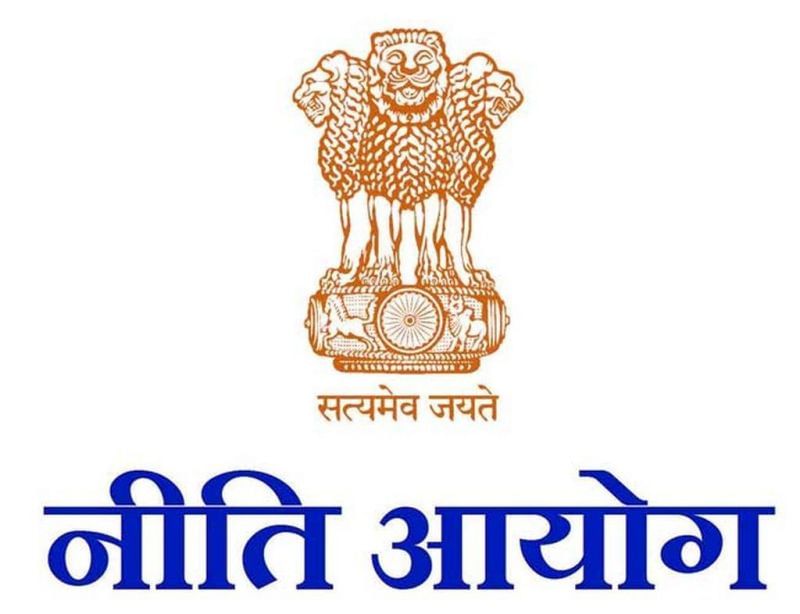
Besides, government think tank Niti Aayog released a plan chalking out short and medium term goals to revitalize sports. The 20-point action plan highlighted key areas that require improvement to ensure 50 medals in the 2024 summer Olympics.
This action plan also called for world-class coaches who can foster fundamental skills required for the development of any sportspersons, and the need of these coaches being graded with regular performance reviews. In its medium to long term goals for 8-15 years, the action plan suggested dedicated training programs for the coaches. The announcements of the Sports Minister pertaining to this are decisive steps in the direction.
The press release of the ministry makes it clear that the remuneration of the athlete will be decided on the basis of the ex-elite athlete’s performance as an athlete, as well as his or her success as a coach. All new coaches and existing coaches who are given the new contracts will be imparting training at National Camps and SAI’s National Center of Excellence, and will be selected jointly by the Sports Ministry and National Sports Federations. It’s here where the elements of subjectivity needs to be gradually minimized and then totally eliminated by putting in a proper system in place.
In both the issues, what should matter more should be the overall vision of the coach and his ability to carry forward his vision in terms of bringing about the best in the athlete. Subjectivity in terms of the whims and fancies, and personal likes and dislikes, of the federation members and officials should never be the criteria.
The best managers of the professional leagues in the world are of the unanimous opinion that like brilliant players, result-oriented professional coaches are difficult to find. And once you have found one, you have to put in your best efforts in terms of providing him with the right ecosystem to deliver the desired results.
India has seen this in the case of the evolution of the role of coaches in terms of the Indian cricket team. Initially, the game of musical chairs was being played with the managers and coach positions of the Indian team. But then, foreign coaches were hired, a template was set, and now some of the Indian coaches are at par, if not better, than the best of the overseas coaches. If given proper space and chance, this system may definitely be replicated in terms of different sports in the country.
Apart from these two key decisions, a gradual and perceptible change is visible in the Ministry of Sports in the recent months. This includes the emphasis on the Khelo India Youth Games with the aim of increasing the talent pool, the intent shown to make sports a compulsory part of the education to make our country a fitter nation, and changing the sporting landscape at the grass root level.
This also includes the promotion of the indigenous games to develop the culture of sports, the continuous online training programs and sessions during the lockdown, and more engagements with the athletes and different stakeholders of the sport at different levels.
But ye dil maange moore……
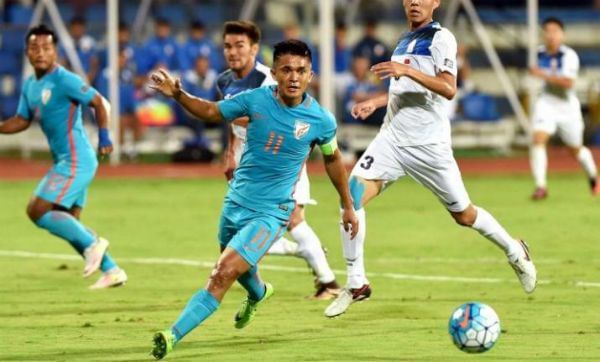
Interestingly, one of the key observations of the task force in its report said:
"India’s success in Olympics sports so far has been delivered despite the system in place and not because of it. There are far too many gaps in the country’s sporting administrative structure and there can be no transformational change in Indian sporting results unless the whole system that controls Indian sports is overhauled ruthlessly to plug these gaps.
"However, the legacy issues and problems of the past accumulated over the years in Indian sports could not be changed overnight. Moreover, in a diverse and complex country like ours, any change could not be ruthless and should incremental and the Ministry of Sports is going ahead with this approach."
The series of initiatives taken by Sports Authority of India in the recent months and its pro active approach have shown the potential it carries. This needs to be given a decisive push now, with the following steps.
Firstly, the changes required in terms of the re-defining the role of the Sports Authority of India. As per the recommendation of the task force, in terms of training, the sole responsibility of the SAI should be running academies of excellence for the elite athletes comprising players who are in the train-to-compete and train-to-win stages.
In terms of administration, its thrust area should be the creation and functioning of an Athlete Development Board to ensure the well-being of athletes, grievance redressal and post-retirement benefits. In terms of research, development, systems, and process, it should develop sports science expertise and research in the academies.
It should also create a Knowledge Commission for Sports for a digital repository on sports infrastructure, equipment and standardization, development and dissemination of various SOPs, rate contracts, and an athlete management portal.
Secondly, another recent announcement of the Sports Ministry to make sports compulsory part of the education is laudable. In the next move, in co-ordination with the Human Resource Development Ministry and in tandem with the state governments, it should be ensured that five Physical Education periods per week should be made mandatory for each child, along with 90 minutes of active play per day for each child.
In this direction, the recommendation of the task force for setting up of a new autonomous body called the National Council for Physical Literacy and Sports needs to be given serious thought. As per the recommendations of the task force, the proposed body should work under the central government department of sports and made responsible for sports education and training.
Thirdly, steps should be initiated to create a National Sports Repository System, where everything to do with an athlete should be available. This includes their performance record, training, funds used, injuries, notes from coaches and notes about coaches. Sharing of such information would help in the performance assessment and comparison, with benchmarks by various stakeholders, apart from creating institutional memory.
Fourthly, as per the current government guidelines, there is a provision of sports quota recruitment up to 5%. The word ‘up to’ should be removed, and there has to 5% minimum reservation.
The government of India has taken historic steps coinciding with ‘Guru Purnima’. If some of the further steps are taken, it will go a long way in making India a ‘vishwa guru’ in sports.